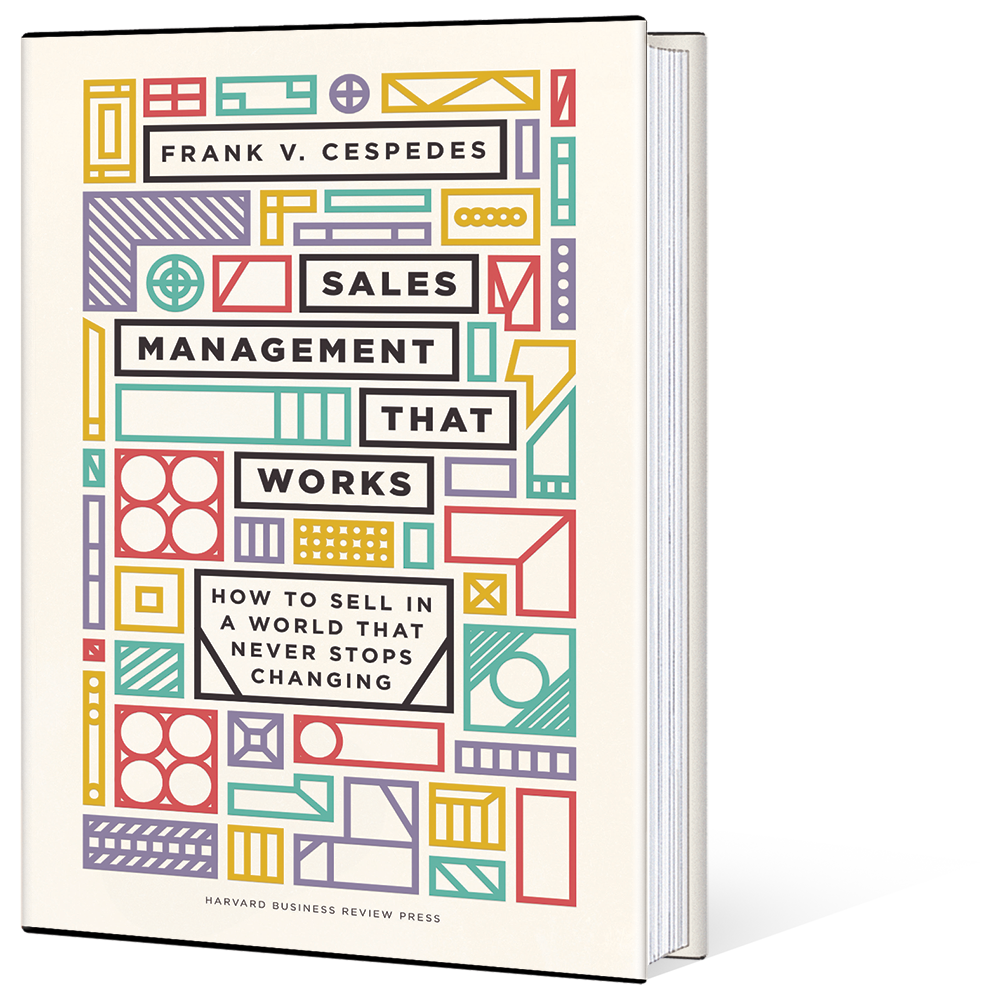One of the best books ever written about selling is David Dorsey’s The Force. Dorsey turns a year in a Xerox sales district in Cleveland into a riveting drama about people, accounts, the operatic highs and lows of the sales cycle, and the triumph of making quota. Dorsey focuses on Fred Thomas and his sales team and the sometimes strange but effective motivational techniques of his district manager, Frank Pacetta. It’s a great ethnographic study of B2B selling for capital goods.
But even as Thomas and Pacetta make their sales, Xerox is missing the larger strategic point, although the facts are staring at them in every office where Thomas and his team make sales calls: more and more copies are being handled by printers linked to personal computers, not by copiers. Thomas is doing his best to maintain Xerox’s share in copiers. But the disconnect between sales and strategy (in this case, a lack of strategy to deal with a technology that is redefining the market and customer behavior) is the hidden subtext of the book.
Even Dorsey, as great an observer as he is, misses it. Instead, he explains that by the mid-1990s Xerox competed with Canon, Kodak, Minolta, Ricoh, Savin, and other copier manufacturers, without mentioning HP, Brother, and other makers of computer printers that were eating Xerox’s lunch. It makes Dorsey’s summation of his story a non sequitur: “A once-thriving American business loses share to the Pacific Rim, gets scared, adopts TQM practices, raises productivity, and begins to win back business. The way the Cleveland district sells copiers illustrates . . . this comeback.” No. How could it be when selling, however clever and creative, is divorced from the main strategic reality facing the firm?


